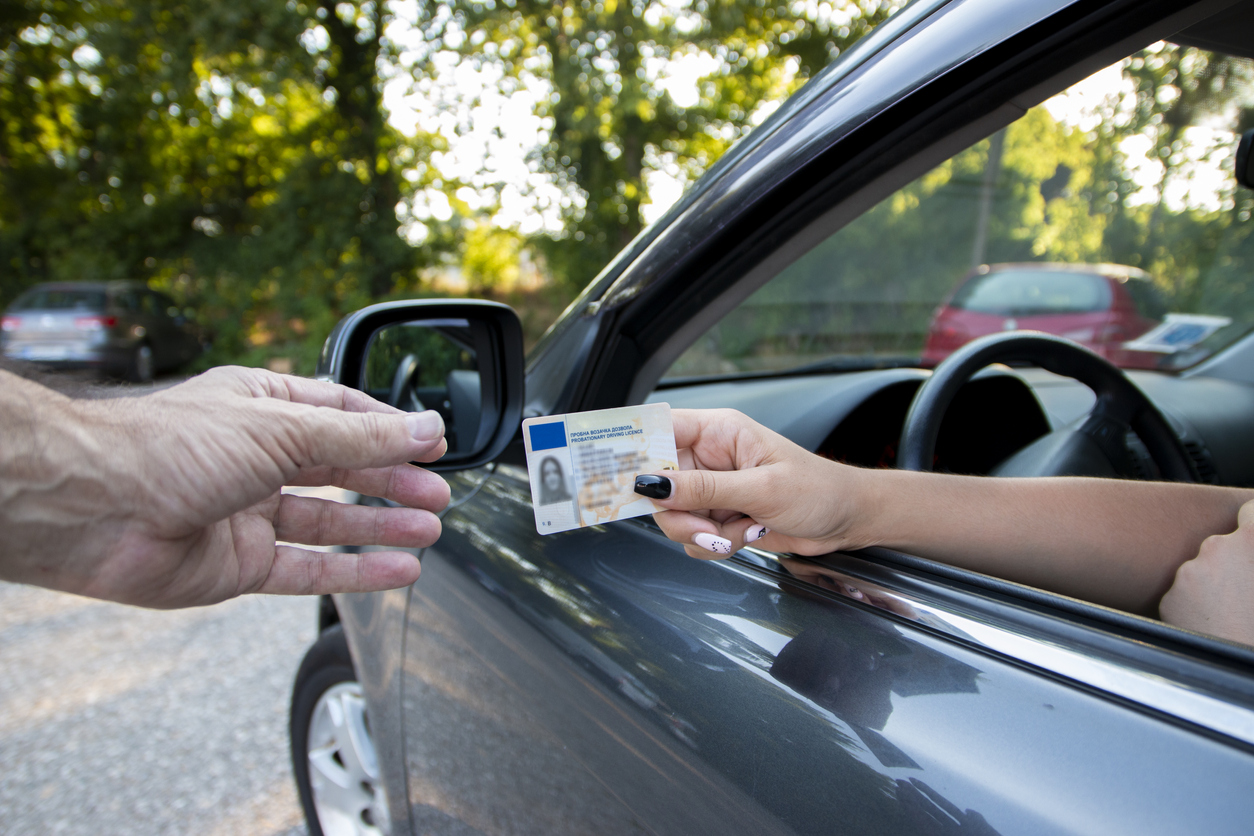Driving a large vehicle through the packed streets of Miami or across Florida’s interstates takes more than experience. It takes the right license. Maybe you’re hauling crates from the Redland farms, or shuttling cruise passengers through Brickell gridlock. Either way, you’ll need a commercial driver’s license (CDL) that fits the job.
So, what do these license classes actually mean? If you’re a Miami driver or run a local fleet, the answer could affect your business and your liability if you get in a truck accident.
What Is a Commercial Driver’s License (CDL)?
A commercial driver’s license is a special type of license required to operate large or heavy vehicles used in commerce. Under both Florida and federal law, CDLs are issued based on the vehicle’s size, its cargo, and how many passengers it can carry.
Florida’s CDL System: Class A, Class B, and Class C
Florida CDLs fall into three types. Class A covers big rigs with trailers over 10,000 pounds. Class B is for single vehicles, like buses or dump trucks. Class C handles specialty vehicles, like HazMat carriers or vans with more than 15 passengers.
What determines the right classification? It depends on several factors:
- Gross vehicle weight rating (GVWR)
- Number and type of vehicles towed
- Passenger count
- Cargo type (hazardous or not)
Let’s look at each license class more closely.
Class A CDL: Handling Florida’s Heaviest Loads
A Class A CDL is required to operate a combination of vehicles with a total weight of 26,001 pounds or more, as long as the unit being towed weighs over 10,000 pounds.
These licenses cover:
- Tractor-trailers
- Livestock carriers
- Flatbeds
- Tanker trucks
To get a Class A CDL in Miami, applicants must pass multiple written exams and a road test, including a pre-trip inspection. Many drivers seek Class A licenses to work in Florida’s logistics and freight industries, which are prominent along routes like U.S. 27 and I-75.
Class B CDL: Large, Single-Vehicle Operations Around Miami
A Class B license allows operators to drive a single vehicle over 26,001 pounds, like a large straight truck or bus, but tow no more than 10,000 pounds.
Common examples in Miami include:
- City and school buses
- Dump trucks used in Everglades restoration projects
- Box trucks and garbage trucks on city routes
Miami’s demand for Class B operators is growing, especially in local transit and municipal services. Passenger (P) and school bus (S) endorsements are often required to drive these vehicles.
What Is a Class C License?
The Class C CDL is designed for specialty situations:
- Driving smaller vehicles carrying 16+ people (including the driver), like shuttles, vans, or limousines
- Transporting hazardous materials (HazMat), regardless of vehicle size, under 26,001 pounds
This class requires passing written and skills tests and, in the case of HazMat endorsements, a federal security background check. In Miami, where industries from tourism to petroleum transport run strong, Class C licenses are essential for a wide range of drivers.
Requirements for Getting a CDL in Miami
Before you can qualify for any CDL in Florida, you must:
- Hold a valid Florida Class E driver’s license
- Be at least 18 years old (21 for interstate or HazMat driving)
- Complete Entry-Level Driver Training (ELDT) with a provider approved by the FMCSA
All CDL applicants must also:
- Obtain a Commercial Learner’s Permit (CLP)
- Hold the CLP for at least 14 days before attempting the skills test
Training options are widely available in the Miami metro area. Local trucking schools and community colleges often offer FMCSA-certified programs to help new drivers meet these federal and state requirements.
Endorsements and Restrictions on Your CDL
A CDL can be customized with endorsements to qualify for additional types of driving. Some of the most common endorsements for Miami-area drivers include:
- H: Hazardous materials
- N: Tank vehicles (liquid cargo)
- P: Passenger transport
- S: School buses
- T: Double/triple trailers
Restrictions may also exist, such as requiring an automatic transmission or corrective lenses. Drivers must meet both state and federal guidelines to add or lift restrictions.
Why CDL Classification Matters in Accidents
From a legal standpoint, matching the correct CDL to the right vehicle is not optional. If a commercial driver causes a crash while operating a vehicle they aren’t licensed for, it may expose both the driver and their employer to liability.
For accident victims, knowing what type of CDL was (or should have been) involved can affect how a case is evaluated, negotiated, or litigated. If you were injured in a commercial vehicle accident, understanding the CDL system can help you identify possible safety violations or training failures that contributed to the crash.
A Personal Injury Lawyer Can Help After a Commercial Vehicle Crash in Miami
Commercial vehicle accidents in Miami, Florida, can lead to serious injuries and complex legal claims. Whether it’s a delivery truck speeding through Coral Way or a charter bus crash near the Palmetto Expressway, determining fault often requires a thorough investigation.
That includes reviewing driver qualifications, maintenance records, and whether safety regulations were followed. If a company failed to meet its obligations, that may impact your case.
For more information, please contact the experienced Miami personal injury lawyers at Zayed Law Offices Personal Injury Attorneys today. We offer free consultations.
We proudly serve Miami-Dade County and its surrounding areas:
Zayed Law Offices Personal Injury Attorneys
169 E Flagler St Suite 1639, Miami, FL 33131
Phone: (305) 916-6455
Hours: Open 24/7
Our firm is located near you. Find us with our GeoCoordinates: 25.7745507, -80.1906096








